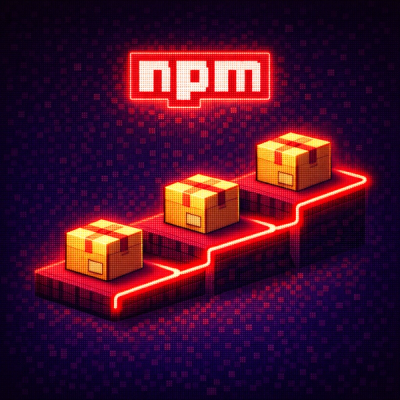filled-array
Returns an array filled with the specified input
Install
npm install filled-array
Usage
import filledArray from 'filled-array';
filledArray('x', 3);
filledArray(0, 3);
filledArray(index => {
return (++index % 3 ? '' : 'Fizz') + (index % 5 ? '' : 'Buzz') || index;
}, 15);
API
filledArray(fillValue, count)
fillValue
Type: unknown
The value to fill the array with.
You can pass a function to generate the array items dynamically. The function is expected to return the value for each iteration and will be called with the following arguments: index, the count you passed in, and the filled array thus far.
count
Type: number (non-negative integer)
The number of items to fill the array with.



